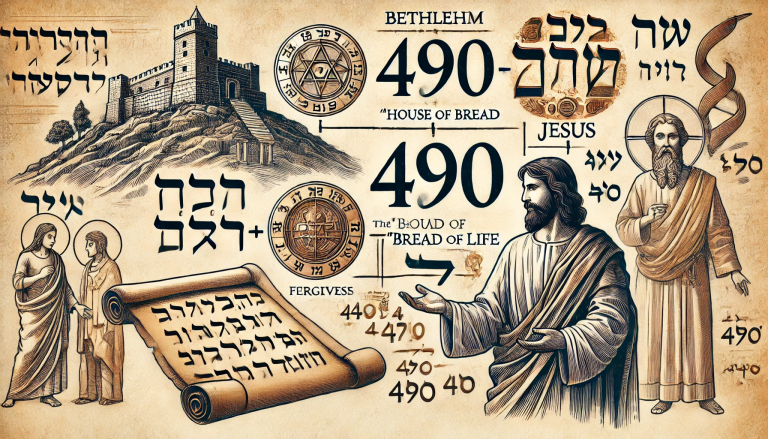
By Larry Billinger
When you think of French pastries, what’s the first thing that comes to mind? That’s right, the croissant! That buttery, flaky, crescent-shaped delight that pairs so perfectly with a morning coffee. But what if I told you that the croissant, that emblem of French baking prowess, isn’t actually French? Hold onto your baguettes because this pastry’s origins might surprise you!
A Tale of Two Cities: Vienna and Paris
The croissant’s story begins not in Paris’s romantic streets but in Vienna’s historic city. Picture this: It’s 1683, and Vienna is under siege by the Ottoman Empire. The Turks are tunneling beneath the city walls, plotting a surprise attack. But the city’s bakers, working their magic late into the night, hear the commotion and alert the city’s defenders. The attack is thwarted, and the bakers, hailed as heroes, decide to celebrate their victory in the best way they know how—by baking!

Thus, the kipferl was born. This crescent-shaped pastry, resembling the crescent moon on the Ottoman flag, was created to commemorate the victory. Little did those Viennese bakers know that their creation would eventually evolve into a global sensation.

From Kipferl to Croissant: A Culinary Journey
Fast forward to the 19th century, when an Austrian officer named August Zang decided to bring a piece of Vienna to Paris. In 1839, Zang opened a Viennese bakery on the Rue de Richelieu, introducing Parisians to the delights of Viennese pastries, including the kipferl. The French, being their culinary geniuses, took this simple pastry and transformed it into the flaky, buttery marvel we enjoy today. And so, the croissant was born—Viennese by origin but French by reputation.
Why the Croissant Became the Star of the Show
So why did the croissant become such a big deal in France? Well, for one, its symbolic crescent shape was pretty memorable. Plus, the French added their own twist, creating layers upon layers of buttery goodness that melt in your mouth. And let’s be honest, the French know how to market their pastries. The croissant quickly became a breakfast staple; the rest is delicious history.
The Recipe: Make Your Own Croissants
Now that you know the croissant’s secret history, why not try making them yourself? Here’s a recipe to get you started:
Ingredients:
- 2 1/4 tsp active dry yeast
- 1/4 cup warm water (110°F)
- 1 1/2 cups warm milk (110°F)
- 1/4 cup sugar
- 1 tsp salt
- 3 3/4 cups all-purpose flour
- 1 cup unsalted butter, chilled
- 1 egg, beaten (for egg wash)
Instructions:
- Activate the Yeast: In a small bowl, dissolve the yeast in warm water and let it sit until frothy (about 5 minutes).
- Mix the Dough: In a large bowl, combine the warm milk, sugar, and salt. Stir in the yeast mixture. Gradually add the flour, mixing until a dough forms.
- Knead and Chill: Turn the dough onto a floured surface and knead until smooth and elastic (about 5 minutes). Place the dough in a greased bowl, cover, and refrigerate for 1 hour.
- Prepare the Butter: Place the chilled butter between two sheets of parchment paper. Use a rolling pin to flatten it into a 1/2-inch thick square. Chill until firm.
- Laminate the Dough: Roll out the chilled dough into a rectangle. Place the butter square in the center and fold the dough over it like an envelope. Roll out the dough again and fold it into thirds. Repeat this process three times, chilling the dough for 30 minutes between each fold.
- Shape the Croissants: Roll out the dough into a large rectangle (about 1/4-inch thick). Cut the dough into triangles. Starting from the wide end, roll each triangle into a crescent shape.
- Proof and Bake: Place the croissants on a baking sheet lined with parchment paper. Brush with the beaten egg. Let them rise in a warm place until doubled in size (about 1 hour). Preheat the oven to 400°F (200°C). Bake the croissants for 15-20 minutes or until golden brown.
- Enjoy: Let the croissants cool slightly before indulging in their buttery, flaky perfection.
So next time you bite into a croissant, remember its Viennese roots and give a little nod to those heroic bakers of Vienna. After all, who doesn’t love a pastry with a story?


